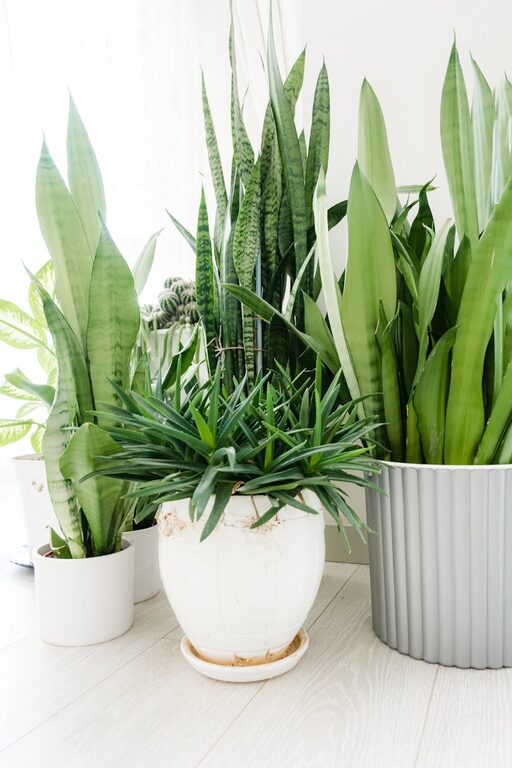Bringing houseplants into your home adds a touch of nature and warmth to your living space. They can improve air quality, boost your mood, and even enhance your décor. However, keeping houseplants healthy requires a bit of knowledge and consistent care. Whether you’re a seasoned plant parent or just starting your indoor garden, these essential tips will help your plants thrive.
Understanding Your Houseplants’ Needs
Every plant species has unique requirements. The key to healthy plants is understanding the specific needs of your indoor greenery.
Light Requirements
Plants rely on light for photosynthesis, so knowing how much sun your houseplants need is critical.
– Bright, indirect light: Many popular houseplants like pothos and peace lilies prefer bright but indirect sunlight.
– Low light: Snake plants and ZZ plants tolerate and even thrive in low-light conditions.
– Direct sunlight: Succulents and cacti require several hours of direct sunlight daily.
Placing plants near south or east-facing windows usually ensures adequate light, but always check individual plant needs.
Watering Wisely
Overwatering is one of the most common mistakes in houseplant care. Here are some guidelines:
– Check soil moisture: Stick your finger about an inch into the soil. Water only when it feels dry for most plants.
– Drainage is key: Use pots with drainage holes to prevent water from sitting and causing root rot.
– Adjust watering frequency: Water more during active growth (spring and summer) and reduce in winter when many plants rest.
Soil and Fertilizing
Good soil supports healthy roots and growth.
– Use appropriate potting mix: Standard houseplant soil or mixes designed for specific plants (like cactus soil) work best.
– Repot when needed: Repot plants every 1–2 years or when roots outgrow their pot.
– Fertilize appropriately: Feed your plants with a balanced, water-soluble fertilizer every 4–6 weeks during growing seasons. Avoid over-fertilizing as it can damage plants.
Additional Tips for Thriving Houseplants
Monitor Humidity Levels
Most houseplants prefer humidity levels between 40–60%. Indoor environments, especially in winter, can get dry.
– Use a humidifier or place a tray of water near plants.
– Grouping plants together also raises local humidity.
Keep an Eye Out for Pests
Houseplants can attract pests like spider mites, aphids, or scale insects.
– Regularly inspect leaves and stems.
– Wipe leaves with a damp cloth or use mild insecticidal soap when needed.
– Quarantine new plants before introducing them to your collection.
Prune and Clean Regularly
– Remove dead or yellowing leaves to encourage new growth.
– Pinch back leggy stems to promote bushier plants.
– Clean dust off leaves for better photosynthesis.
Avoid Stressful Conditions
– Keep plants away from drafts, heating vents, or air conditioners.
– Avoid sudden changes in temperature or light.
– Be patient and make changes gradually.
Troubleshooting Common Houseplant Problems
Yellowing Leaves
Often caused by overwatering, poor drainage, or insufficient light.
– Check soil moisture and adjust watering.
– Ensure your pot drains well.
– Move the plant to a brighter spot if needed.
Wilting or Drooping
Usually signals underwatering or heat stress.
– Check soil dryness and water accordingly.
– Avoid placing plants in direct hot sun or near heat sources.
Brown Leaf Tips
Can indicate low humidity, salt buildup from fertilizer, or inconsistent watering.
– Increase humidity around plants.
– Flush soil occasionally to remove excess salts.
– Maintain a consistent watering routine.
Final Thoughts
Caring for houseplants is rewarding and promotes a healthier living space. By understanding your plants’ specific needs and providing the right environment, you can ensure they remain healthy and vibrant. Remember, patience is key—plants show their best when cared for steadily over time. Happy planting!

